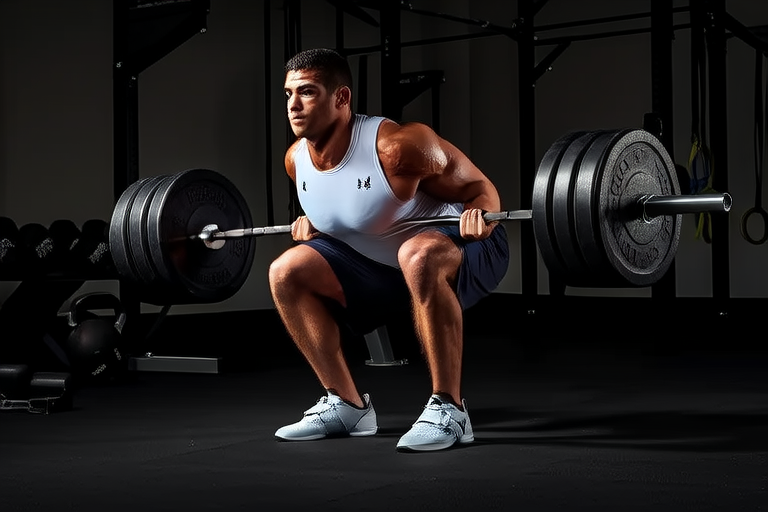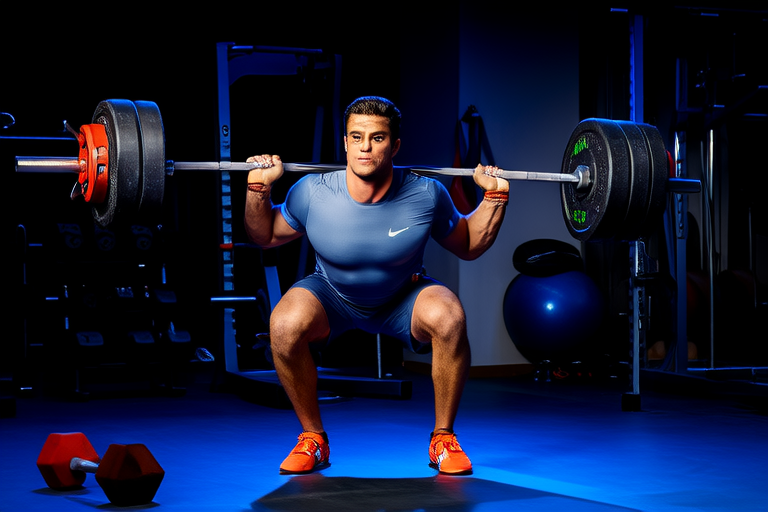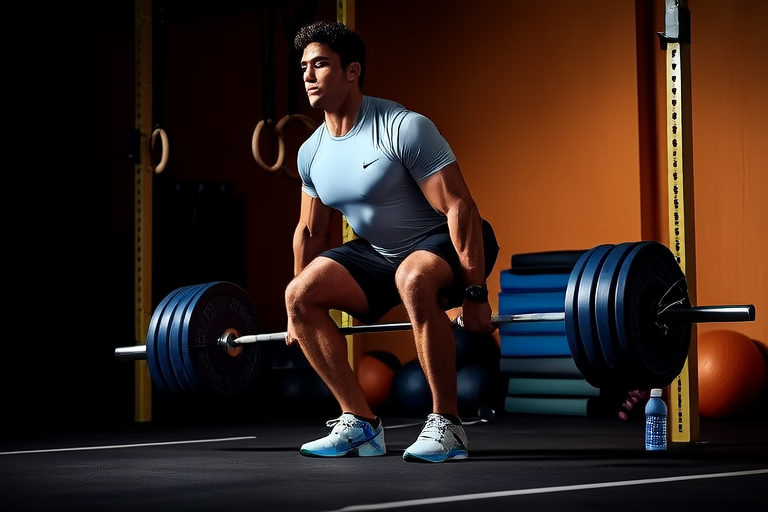Introduction
Athletic performance is a fascinating blend of science, discipline, and strategy. Whether you’re an amateur athlete or a professional competitor, understanding the principles that govern physical activity can help you maximize your potential while minimizing risks. This article delves into the science behind sports performance, explores key factors influencing athletic success, and outlines essential precautions athletes should take to prevent injuries. Additionally, we’ll discuss effective recovery strategies that ensure long-term progress. By the end of this piece, you will have a comprehensive understanding of how to optimize your performance safely and sustainably.
The Science of Sports Performance
Sports performance is deeply rooted in the principles of biology, physics, and psychology. At its core, athletic achievement depends on the body’s ability to generate energy efficiently, move with precision, and maintain mental focus under pressure. From a biological perspective, muscles rely on adenosine triphosphate (ATP) as their primary energy source. During high-intensity activities like sprinting, ATP is rapidly consumed and replenished through anaerobic pathways. For endurance events such as marathons, aerobic metabolism takes over, utilizing oxygen to sustain prolonged effort.
Physics plays an equally critical role in sports performance. Concepts like force, momentum, and leverage are integral to movements such as throwing, jumping, and running. Athletes who understand these principles can refine their techniques to maximize efficiency and power. For example, a swimmer optimizing their stroke mechanics reduces drag and conserves energy, leading to faster times.
Psychological factors also significantly influence performance. Mental resilience, focus, and confidence can make the difference between winning and losing. Studies show that visualization techniques and mindfulness practices enhance an athlete’s ability to stay calm and perform optimally during competitions.
Key Factors Influencing Performance
Several interconnected factors contribute to athletic success. Nutrition, training, genetics, and rest all play pivotal roles in determining an athlete’s capabilities.
Nutrition: Proper fueling is essential for peak performance. Carbohydrates provide the primary energy source for most sports, while proteins aid muscle repair and growth. Healthy fats support hormone production and overall health. Hydration is equally crucial; even mild dehydration can impair cognitive function and physical output.
Training: Structured and progressive training programs build strength, endurance, and skill. Periodization—dividing training into cycles of varying intensity—helps prevent burnout and overtraining. Cross-training, which involves engaging in different types of exercises, enhances versatility and reduces the risk of repetitive strain injuries.
Genetics: While hard work is indispensable, genetic predispositions also affect an individual’s athletic potential. Factors such as muscle fiber composition, lung capacity, and fast-twitch versus slow-twitch muscle ratios can influence whether someone excels in explosive sports like weightlifting or endurance-based disciplines like cycling.
Rest and Recovery: Sleep and downtime are not signs of laziness but vital components of athletic improvement. During sleep, the body repairs damaged tissues, balances hormones, and consolidates memory, including motor skills learned during practice.
Essential Precautions for Injury Prevention
Injuries are an unfortunate reality in sports, but many can be prevented with proper precautions. Here are some strategies every athlete should adopt:
Warm-Up and Cool-Down: A dynamic warm-up increases blood flow to muscles, improves flexibility, and primes the nervous system for activity. Cooling down with static stretches post-exercise helps reduce muscle soreness and stiffness.
Proper Technique: Using correct form during workouts and competitions minimizes unnecessary stress on joints and ligaments. Coaches and trainers can provide guidance to ensure movements are executed safely and effectively.
Appropriate Gear: Wearing well-fitted shoes, helmets, pads, and other protective equipment tailored to the specific sport reduces the likelihood of accidents. Regularly inspect gear for wear and tear and replace items as needed.
Gradual Progression: Avoid increasing intensity, duration, or frequency too quickly. Sudden spikes in workload often lead to overuse injuries like tendinitis or stress fractures.
Listen to Your Body: Pain is a signal that something may be wrong. Ignoring discomfort can exacerbate minor issues into major problems. If pain persists, consult a healthcare professional promptly.
Recovery Strategies
Effective recovery is just as important as training itself. Without adequate recovery, athletes risk fatigue, diminished performance, and injury. Below are proven strategies to accelerate recovery:
Active Recovery: Engaging in low-intensity activities like walking, swimming, or yoga on rest days promotes circulation without placing excessive strain on the body.
Hydration and Nutrition: Consuming water and electrolytes after exercise restores fluid balance, while protein-rich meals aid muscle repair. Antioxidant-rich foods combat inflammation caused by intense physical activity.
Mobility Work: Incorporating mobility exercises such as foam rolling, dynamic stretching, and joint mobilizations enhances range of motion and prevents stiffness.
Mental Relaxation: Techniques like meditation, deep breathing, and journaling help manage stress and promote mental clarity. A relaxed mind supports better decision-making and focus during training sessions.
Professional Support: Physical therapists, massage therapists, and chiropractors offer specialized care to address imbalances, alleviate tension, and improve overall function.
Conclusion
Maximizing athletic performance requires a holistic approach that combines scientific knowledge with practical precautions. Understanding the biological, physical, and psychological foundations of sports enables athletes to train smarter and achieve greater results. Key factors such as nutrition, training, genetics, and rest must be balanced to create an optimal environment for success. Equally important are injury prevention measures like warming up, using proper technique, and wearing appropriate gear. Finally, prioritizing recovery ensures longevity and sustained progress in any athletic pursuit.
By integrating these principles into your routine, you can unlock your full potential while safeguarding your health. Remember, excellence in sports is not solely about pushing limits—it’s about doing so wisely and responsibly. With dedication and informed practices, every athlete can strive toward their goals with confidence and resilience.










